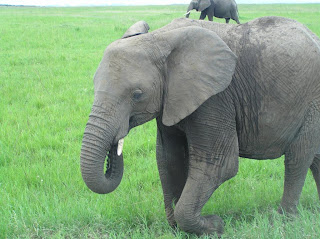 |
| Source: Wikimedia Commons. |
A group of elementary school children from the UK have achieved a world’s first by having the research they conducted for their school science project accepted into the peer reviewed journal Biology Letters. The group of 8-10 year olds was investigating the way bumblebees see colors and patterns.
The kids worked on their science project with Dr. Beau Lotto, a neuroscientists at University College London’s Institute of Opthamology. Under his supervision the kids discovered that bumblebees learn and remember based on color and pattern cues.
The kids’ paper successfully made it through peer review, and so was eligible for publication in Biology Letters. Unlike other papers featured in the journal, it doesn’t include citations to other relevant work because knowledge of the other scientific literature aren’t available to 8-10 year olds so they couldn’t have used them.
The kids’ work was published accompanied by a commentary by Laurence T. Maloney from New York University’s Center for Neural Science and Natalie Hempel de Ibarra from Exeter University’s Center for Research in Animal Behavior.


